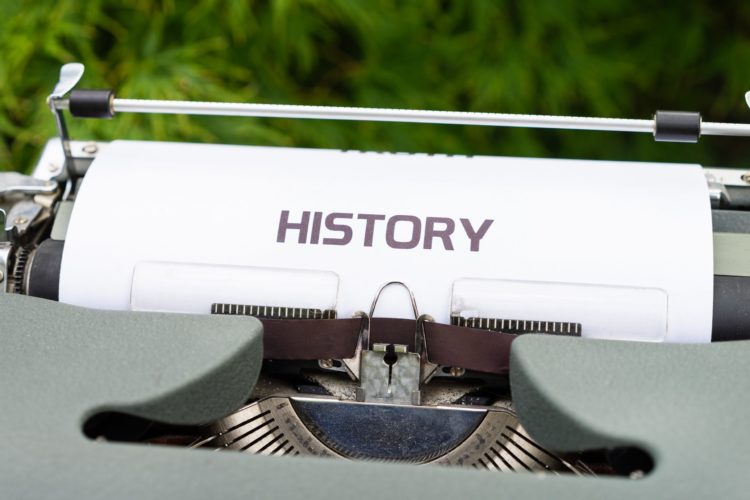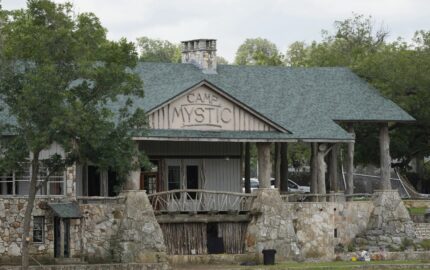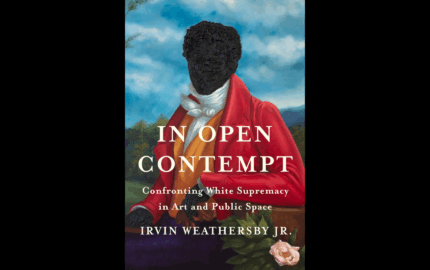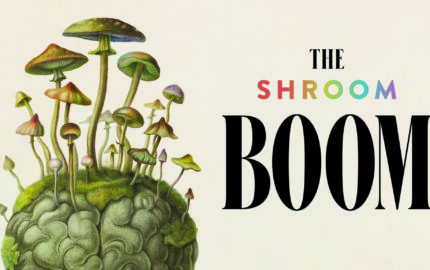It has become a common refrain in these chaotic times: We're not just reading history; we're living it.
That's always been true, I suppose, for anyone living at any time. But I expect historians will look back on this particular patch of time and circumstances as notable — one of those places on a timeline where the marker spikes. In a Zoom-chat with a high school journalism class recently, I was asked if had any regrets about my career. My response: Sure, a few stories got away. But my bigger regret is that I won't be around in 50 years to read the look-back histories of these times.
Which makes me incredibly grateful that so much of it is being written right now, as it happens, and written so well. If you find the solid media sources, you are reading a first draft of history that could go "straight to desk," as we used to say in the olden days of newspapering. A few days ago, as Election Day neared in the U.S., the Pulitzer folks at Columbia University posted a collection of political journalism that earned won the big prize over the years. If I were still teaching public affairs journalism in the classroom, I'd use that collection and selections of this year's coverage as my only course material.
Coverage of this election also offers all the raw material needed to teach a class on narrative journalism. It's all there: a dramatic narrative with rising tension building to a climax and as-yet uncertain resolution; fascinating backstories; a compelling cast of characters; scenes jammed with action and dialog, no end emotion and surprises. It would be a fun and valuable exercise, in a writing group, to debate the frame of this story. When and where do you start (establishing scene)? What do you foreshadow? When do you introduce the complication and, because there are so many, which do you choose? What are your primary plot points along the arc of rising tension? Where do you pause to lace in backstory? How much explanatory material (exposition) do you weave throughout?
If you want fascinating examples of framing and structural decisions, study history retold as movies. Consider "Frost/Nixon" or "Darkest Hour" or even "Snowden." Each tells a broad and complex sweep of history through a tight time frame. If you have more explanatory material to work with, check out Ken Burns documentaries; he's been accused of romanticizing aspects of American history and culture, but the guy knows how to deliver a broken or braided narrative that weaves history as research and history as story.
With movies, of course, you have to consider the completeness and accuracy of the history you're watching. But that's true of daily journalism, too.
This essay was first published in the weekly Storyboard newsletter.
That's always been true, I suppose, for anyone living at any time. But I expect historians will look back on this particular patch of time and circumstances as notable — one of those places on a timeline where the marker spikes. In a Zoom-chat with a high school journalism class recently, I was asked if had any regrets about my career. My response: Sure, a few stories got away. But my bigger regret is that I won't be around in 50 years to read the look-back histories of these times.
Which makes me incredibly grateful that so much of it is being written right now, as it happens, and written so well. If you find the solid media sources, you are reading a first draft of history that could go "straight to desk," as we used to say in the olden days of newspapering. A few days ago, as Election Day neared in the U.S., the Pulitzer folks at Columbia University posted a collection of political journalism that earned won the big prize over the years. If I were still teaching public affairs journalism in the classroom, I'd use that collection and selections of this year's coverage as my only course material.
Coverage of this election also offers all the raw material needed to teach a class on narrative journalism. It's all there: a dramatic narrative with rising tension building to a climax and as-yet uncertain resolution; fascinating backstories; a compelling cast of characters; scenes jammed with action and dialog, no end emotion and surprises. It would be a fun and valuable exercise, in a writing group, to debate the frame of this story. When and where do you start (establishing scene)? What do you foreshadow? When do you introduce the complication and, because there are so many, which do you choose? What are your primary plot points along the arc of rising tension? Where do you pause to lace in backstory? How much explanatory material (exposition) do you weave throughout?
If you want fascinating examples of framing and structural decisions, study history retold as movies. Consider "Frost/Nixon" or "Darkest Hour" or even "Snowden." Each tells a broad and complex sweep of history through a tight time frame. If you have more explanatory material to work with, check out Ken Burns documentaries; he's been accused of romanticizing aspects of American history and culture, but the guy knows how to deliver a broken or braided narrative that weaves history as research and history as story.
With movies, of course, you have to consider the completeness and accuracy of the history you're watching. But that's true of daily journalism, too.
This essay was first published in the weekly Storyboard newsletter.



